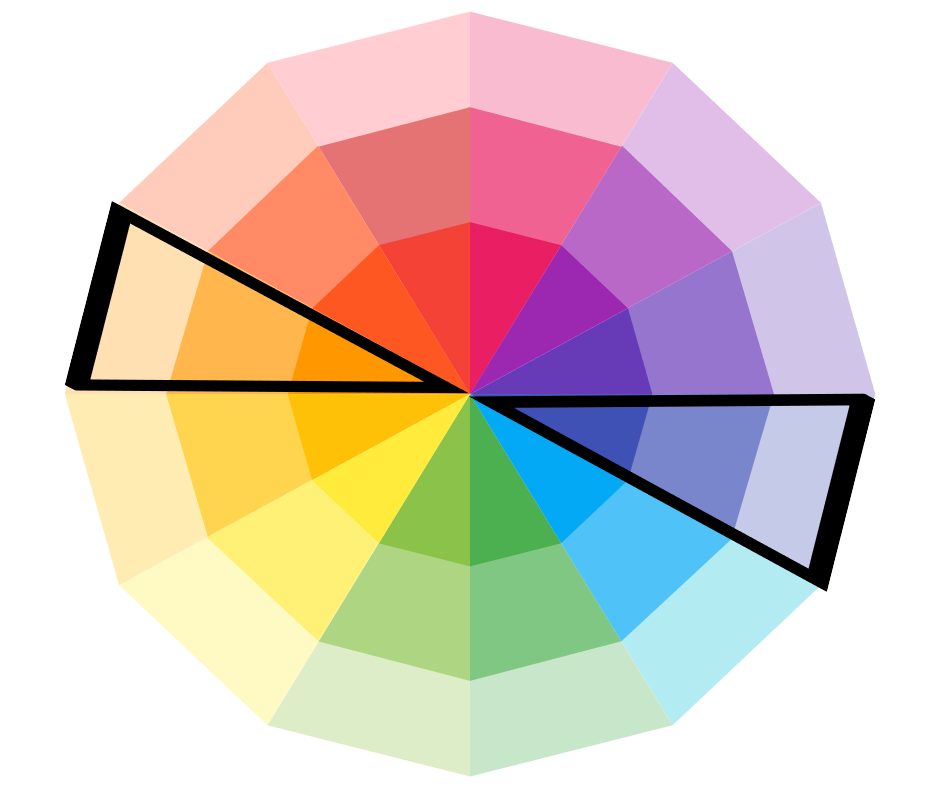

But still more energetic than analogous colors. The advantage of this color harmony is that it still has the pop of complementary colors, but it’s a little toned down and less dynamic for a calmer, more cohesive feel. Now that you’ve got the hang of complementary colors, let’s take it up a notch with split complementary colors. What colors photograph well together?įor photos with color that pops you can use any combination of complementary colors, but the most common complementary color schemes in photography are:Ī split complementary color scheme example using orange, green and blue. Therefore purple and yellow are complementary colors and will work well in an image where you want the color to pop. Purple (between blue and red) is opposite yellow. Here are two complementary colors examples…

Opposing secondary colors work just as well. The color wheel is also helpful for seeing which secondary colors are opposite each other.

The easiest way to work out complementary colors is to picture the color wheel or refer to an actual color wheel (download it for free and save it to your phone). Therefore green is the complement of red 2. Therefore orange is the complement of blue Therefore purple is the complement of yellow Imagine mixing two of the primary colors and you’ll get the complementary color of the third primary color. There are 2 ways to remember which colors are complementary and will therefore work well for a vibrant image: 1. Pastel mint green is still the complement of pastel pink, but calmer than green and red.įurther reading: Color in photography composition made easy with the color wheel Remembering which colors are complementary So if you want the photo to be energetic, but not bouncing off the walls on a sugar rush, make one or both of the complementary colors less saturated. The more vibrant, and therefore saturated, the color is, the more dynamic the photo will be. They complement each other are opposite each other on the color wheel, so they’re also called opposite colors, or (confusingly) contrasting colours.īecause they’re opposites, they’re complementary in terms of design.Ĭomplementary colors each work to make their opposite color stand out more.Ĭolors that stand out from each other are dynamic and demand attention, so complementary colors are ideal for dynamic photos with energy and possibly also tension (good or bad).īecause they’re opposite on the color wheel, one color will be warm and the other cool and this contrast adds to the energy in the photo. One of the first color schemes we learn is complementary colors in photography. All areas of art and design use these same concepts that are appealing to the human eye. Color schemes help us to create images with colors that work well together.


 0 kommentar(er)
0 kommentar(er)
